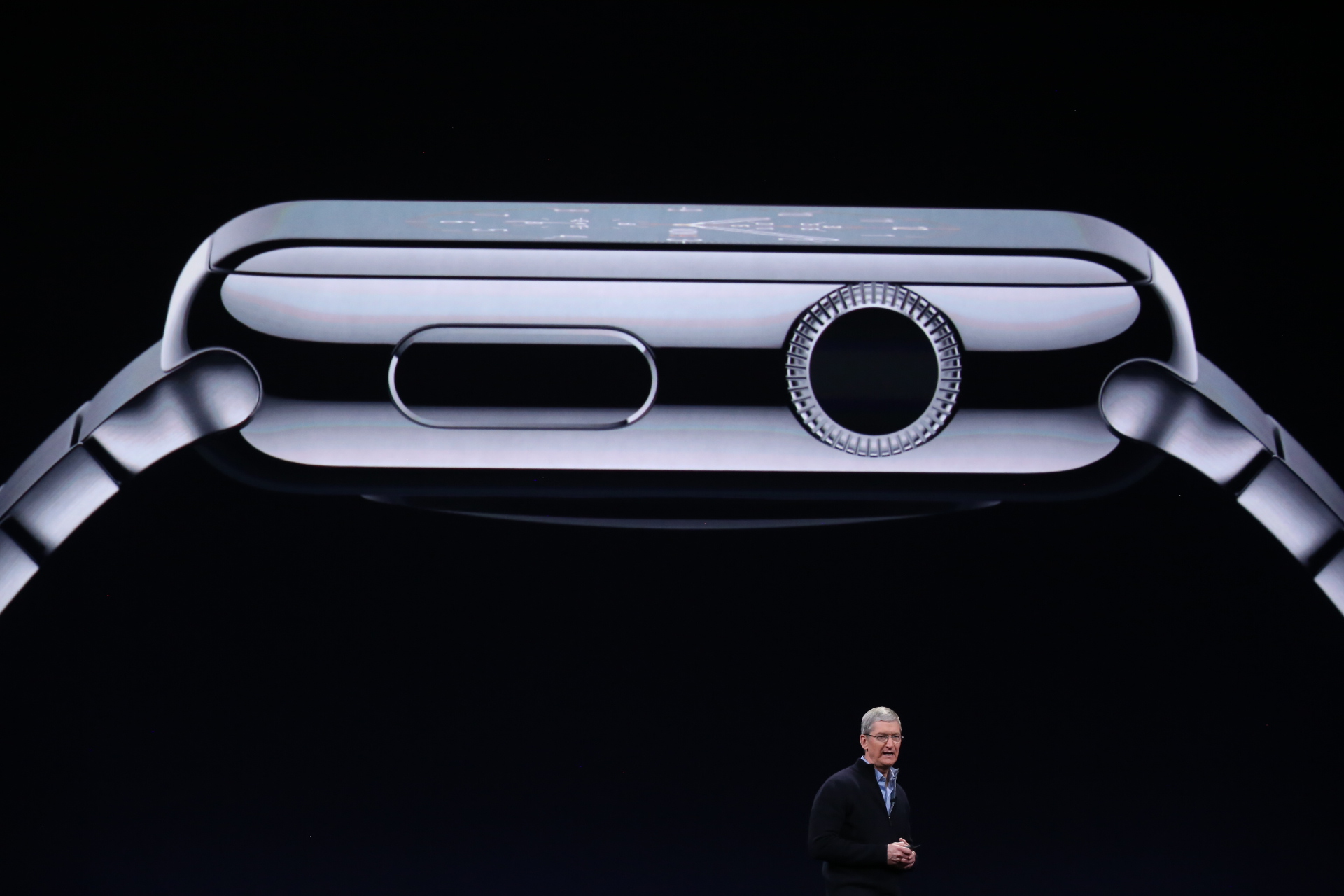Don’t wait for the Apple Watch to dole out medical advice anytime soon

Could the Food and Drug Administration classify the Apple Watch as a medical device? It’s a question manyhave asked over the past couple of years, but the stakes are now higher for the Watch with its newfound ability to detect atrial fibrillation, or an irregular heart rhythm.
Already, Apple is rumored to be working on an Apple Watch sensor that would detect and monitor glucose levels through skin contact, rather than through a prick of blood. Although no announcement was at Apple’s September 12 iPhone event, Tim Cook has been spotted wearing a prototype glucose monitor that could connect to the Watch.
Apple also filed for a patent in 2016 that could be applied to the Watch for several medical applications, including “identifying characteristics of the user’s vasculature.” Presumably, this is for the newly revealed AFIB detection in the Apple Watch 3. But separate patent just surfaced that also looks like it could be applied to a wearable like the Apple Watch. The patent, titled, “electronic device that computes health data,” describes a device that comprises a camera, an ambient light sensor and a proximity sensor to measure and calculate health data. Apple filed for the patent in early 2015 but the USPTO just granted it last month.
Combined, the efforts certainly suggest that Apple has bigger plans for its Watch than meet the eye. Still, users might not want to hold their breath, for a few reasons.
The first is the way that the FDA classifies medical devices, which involves regulatory hoops that Apple might not want to jump through. As regulatory attorney Bradley Merrill Thompson explains it, it’s Apple’s “software app that will be the ‘FDA-regulated medical device,’ not the hardware watch.
“The FDA only regulates specialized medical hardware and software,” he continues, “so if Apple adds hardware specific to glucose monitoring, that would be regulated. And any software they add specific to the medical functionality would be regulated. But the general-purpose platform would likely not.”
Put another way, Apple would need to avoid making medical claims specific to the platform, and instead limit its medical claims to the specific software and hardware dedicated to a particular medical purpose, Thompson says.
Presumably, it would be a nightmare for both the FDA and Apple to try to work around regulations for the platform itself — meaning its iPhone, Apple Watch or some other ubiquitous digital device made by Apple. In fact, Tim Cook has made it clear in the past he doesn’t plan on adding anything more than a fitness and heart rate sensor to the Watch for that reason.
We reached out out to the FDA for comment; a spokesperson said the agency can’t comment on the Apple Watch specifically but said the FDA has provided guidance regarding the development of Apple’s recently announced heart research study.
It’s always possible that Apple could fork its Watch, creating one version for everyday use, and another for medical-tracking purposes. It has already forked the Watch into two separate versions in the latest iteration: one with LTE and one without.
Though it seems unlikely Apple would decide to add the extra regulatory layer that could slow the adoption of a device it hopes everyone will wear, the company does seem to want us checking all of our vitals and keeping up our health information through its platform — and providing useful data to Apple in the meantime. The Watch creates an easy way to check on our health, track sleep, heart rhythm, fitness data and then upload all that information to Apple’s Health app.
It also allows for medical research participation through Research Kit and offers a handy Medical ID section to keep track of your critical medical information.
It’s not a far-fetched idea to make the Watch into a medical device, especially given the moves Apple has made in the last couple of years. But waiting for Apple to offer up a medical version of its Watch anytime soon? That could take a while.
Published at Sat, 23 Sep 2017 16:30:21 +0000



